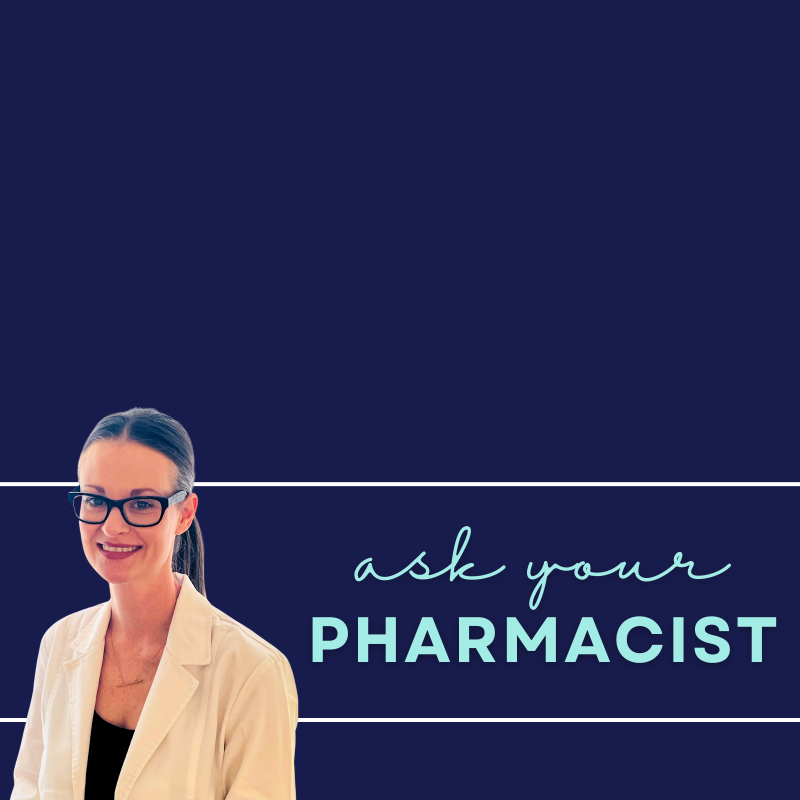
Q: I noticed poison ivy growing along the shore when I was fishing. If I happen to get a poison ivy rash is calamine lotion the best thing to put on it?
Poison ivy plants are found all over New Brunswick. You can spot them along roadsides, along rocky shorelines, along the edges of forests, in thickets and in clearings. It grows as a vine that can spread across the ground or grow upwards on trees or other structures. Each leaf has three almond-shaped leaflets that can have either smooth or textured edges. It produces flowers in June and July, and berries in September.
All parts of the poison ivy plant contain an oily resin called urushiol that triggers a delayed reaction on the areas of skin it touches. This can be from direct contact with the plant or by touching something with the resin on it such as outdoor clothing, gardening tools, pet fur or leashes. The first time the resin touches your skin it takes about seven to 10 days for symptoms to start. However, if you have had a poison ivy rash in the past, then you will see your symptoms present much faster, usually starting in eight to 48 hours.
The reaction begins with very intensely itchy skin followed by redness and inflammation. In some cases, fluid-filled blisters may form. In rare cases the rash may present as black spots or black streaks on the skin instead of a red rash. Rashes typically heal within seven to 21 days, with your first rash taking longer to heal and any subsequent rashes healing faster.
This type of reaction is known as allergic contact dermatitis, and it is one of the common ailments that pharmacists can assess and prescribe medications for. Assessments are publicly funded for New Brunswicker’s over the age of two who have a valid Medicare card. Symptoms can often be managed with over-the-counter remedies, but pharmacists may prescribe stronger oral antihistamines or higher potency corticosteroid cream in more severe cases.
The main goal for treating the rash is to manage the itch so you do not cause your skin to become infected from scratching. As soon as the itching begins, start applying cool, damp compresses to your skin regularly throughout the day to help ease the itch. Taking short lukewarm baths and adding either colloidal oatmeal or half a cup of baking soda to the water can help to soothe itchy skin. If you prefer not to bathe, cool showers also work. Ensure you only cleanse your skin with mild soaps to avoid further irritation.
Regularly applying moisturizers containing colloidal oatmeal or menthol to the rash can help relieve itchiness. If you put the moisturizer in the fridge and apply the product cool to your skin it can enhance the soothing effect.
If itchiness persists you can apply a corticosteroid cream to the rash twice a day while continuing to apply cool, damp compresses and moisturizers as well. Corticosteroid creams such as hydrocortisone help to relieve redness, itch and inflammation.
I personally find hydrocortisone to be a more effective itch reliever than calamine lotion, but I do recommend calamine lotion when fluid filled blisters are present as it helps to dry up the blisters. It is important not to pop blisters, but if they break, leave the skin intact as it can help to prevent the skin underneath from becoming infected.
Oral antihistamines are another option for managing itch. Some non-drowsy options include cetirizine, loratadine and desloratadine. If nighttime itchiness is a problem and it is affecting your ability to sleep, you could discuss using a drowsy antihistamine such as diphenhydramine with your pharmacist. It is important not to apply topical antihistamines or topical anesthetics to an allergic contact dermatitis rash as they can make the rash and itchiness worse.
You should seek care from a doctor or nurse practitioner if the rash is on your face, your genitals, covering more than 30 per cent of your body or affecting your ability to use your hands. You should also seek care right away if you start to show signs of infection such as worsening redness or swelling, skin becoming hot or tender to touch, discharge leaking from the rash or pus-filled blisters, or you have a fever.
Erin Thompson (BSc, BScPharm) is a graduate of Dalhousie University and a community pharmacist practicing at Shoppers Drug Mart in Quispamsis N.B. Her opinions expressed in this column are published for educational and informational purposes only, and are not intended as a diagnosis, treatment or as a substitute for professional medical advice, diagnosis or treatment.